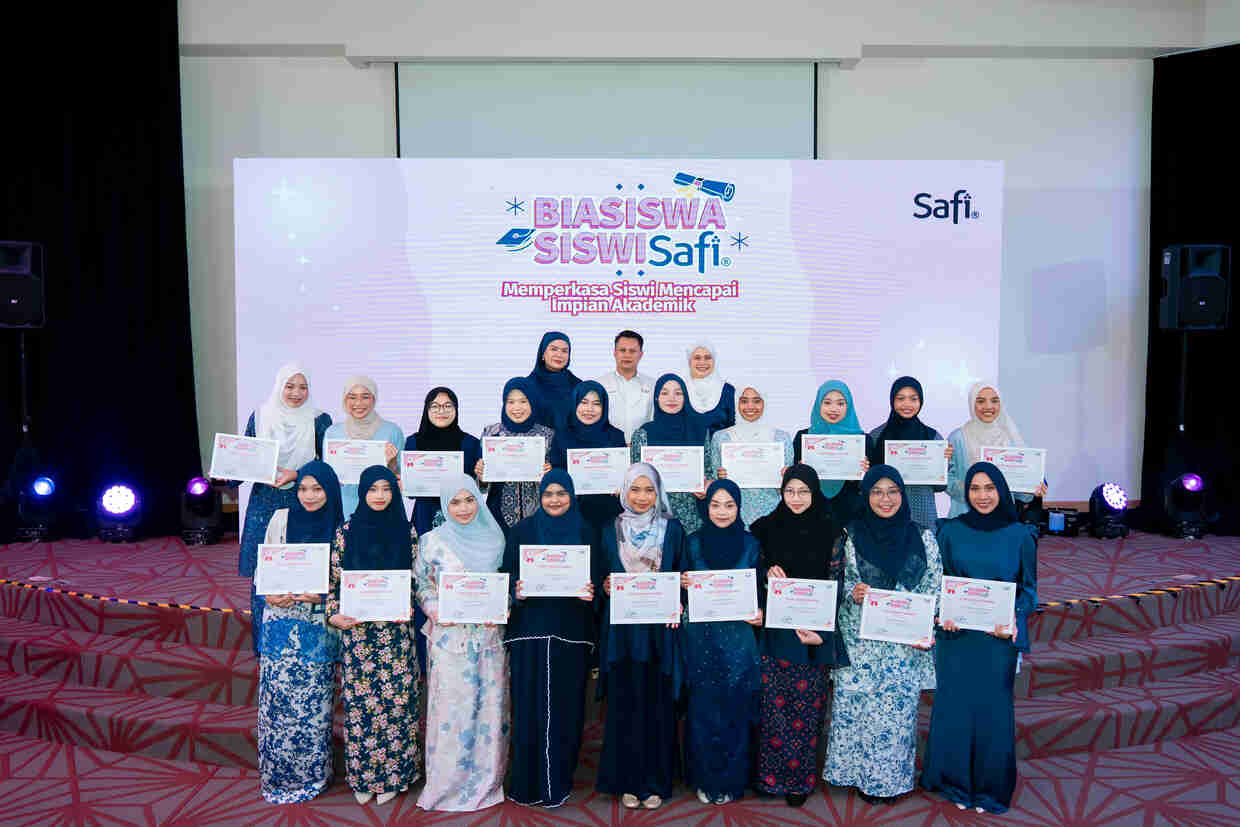I have analysed hundreds of statistics over the last ten-plus years, but the Comcare cumulative assistance statistics given on 14 August were the ‘saddest’ statistic that I have ever had to analyse.
I refer to the article CDCs gear up for uncertain economic climate, Today Online, where it states that “the five CDCs said they saw 14,179 people seeking help from them, a 34 per cent jump from the same period last year . CDC picked up by 25 per cent in June alone”.
Good economy, jobs, wages?
Despite numerous media reports of good economic growth, jobs creation and wage increase, I think we should be alarmed that there are so many more needy Singaporean families seeking financial assistance.
Record high?
At this rate, the number seeking assistance in a year may be around 65,000, which I understand may be a record high. According to the Comcare Annual Report FY2009, the “number of cases receiving assistance under Comcare as at end financial year (2009)” was 25,166.
If we add those who apply for financial assistance to the existing families getting assistance, how many are there in total receiving help now?
The statistics given during the National Day Rally speech was that 200,000 Singaporean families have been eligible and helped under Comcare. How many needy families have ever applied for assistance on a cumulative basis, who were unsuccessful, to derive the figure of 200,000?
1 in 4 families applied for help?
In this connection, according to the last reported statistics in February, 39,500 or 71 per cent of approved applications for financial assistance under Comcare were successful, up from 42,100, or 67 per cent, in 2009.
So, if we assume the latest Comcare approval rate of 71 per cent, does it mean that about 281,690 (200,000 divided by 71 per cent) families have applied for assistance?
As there are over 800,000 Singaporean households, does it mean that about one in four have been helped under Comcare? I feel that we should be alarmed by this fairly large proportion of the population that has been in financial difficulty.
Due to greater awareness?
I feel that we should not be somewhat complacent, in “attributing this increase to the enhanced income eligibility criteria of the two subsidy schemes for kindergarten and childcare fees”.
Normally, families would approach and apply for these schemes directly through the childcare centres, without going to the CDC.
So, if they are also going to the CDCs, it may simply mean that they need other financial assistance as well.
As to “attributed to an increased awareness among residents”, the CDCs have been around for a very long time. So, I think such a large increase may not be due primarily to “increased awareness”.
Broke yet need to save more?
Finally, I am quite puzzled by the remarks that “(Central CDC) is seeing more sign-ups for Cash up (Cultivate a Savings Habit), which gives needy families up to $1,000 in matched savings if they apply money-saving tips learnt in financial literacy workshops”, as I have been volunteering financial counseling for the needy for about a decade, and generally families who seek assistance do not even have enough money to make ends meet.
So, how will they be able to save more savings in order to get “matched savings”?
In this connection, an example is given in the article “Saving up for a brighter future” (SALT magazine, Jun 15), of a couple with seven children – the husband a sole breadwinner earning only about $800 monthly as an odd-job worker, signing up for the Cash up programme.
How many of such very low-income families that have signed up for this programme launched in April 2011, will actually end up with savings nine months later in order to qualify for the matched savings?












